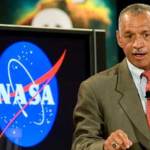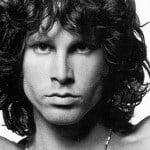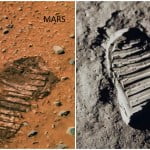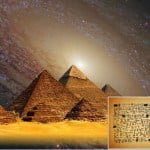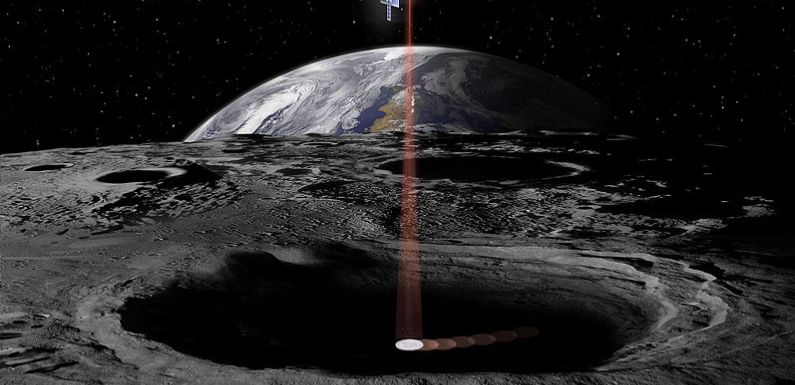
A crew of scientists that was helping NASA to put a rover on the lunar surface was left hung up on because the space agency decided to cancel the moon mission.
The mission’s goal was to send a robot to the moon’s polar ward in 2022. The robot should investigate things like underground water and hydrogen.
The Lunar Exploration Analysis Group (LEAG) is a scientists’ crew that conduct studies for NASA’s lunar voyages. They announced that the moon mission was suspended.
In a letter to NASA Administrator James Bridenstine, LEAG asked NASA to bring back the mission.
The moon mission is known as Resource Prospector or RP, and it was in its initial degree of preparation.
“This action is viewed with both incredulity and dismay by our community, especially as the President’s Space Policy Directive 1 directs NASA to go to the lunar surface,” the LEAG said in its letter.
“RP was the only polar lander-rover mission under development by NASA (in fact, by any nation, as all of the international missions to the lunar poles are static landers) and would have been ready for preliminary design review at the beginning of 2019.”
Phil Metzger, a planetary physicist at University of Central Florida and a member of the Resource Prospector science team, said: “There are no other [NASA] missions being planned to go to the surface of the Moon.”
The problem with the budget was suggested as the main issue. LEAG’s letter mentioned that at first, the mission was funded through the Human Exploration and Operations Mission Directorate. However, it was later transferred to the Science Mission Directorate funds.
Metzger emphasized the importance of the moon mission. Namely, because it will provide knowledge of what minerals are available to mine on the moon. It will also expand the plan to use a private company’s lander to reach the lunar surface.
The importance of the mission was especially stressed by Dana Hurley. She is a planetary scientist and a member of LEAG executive committee.
“If we want to go back to the moon and really work on the moon and make it a place that we can set up research stations and study processes that are occurring on the moon. All these things are really enabled by being able to use resources on the moon for making fuel, propellant, life support, that sort of thing. This mission is a first step in trying to understand how we’re going to exploit those resources.” said Hurley.
